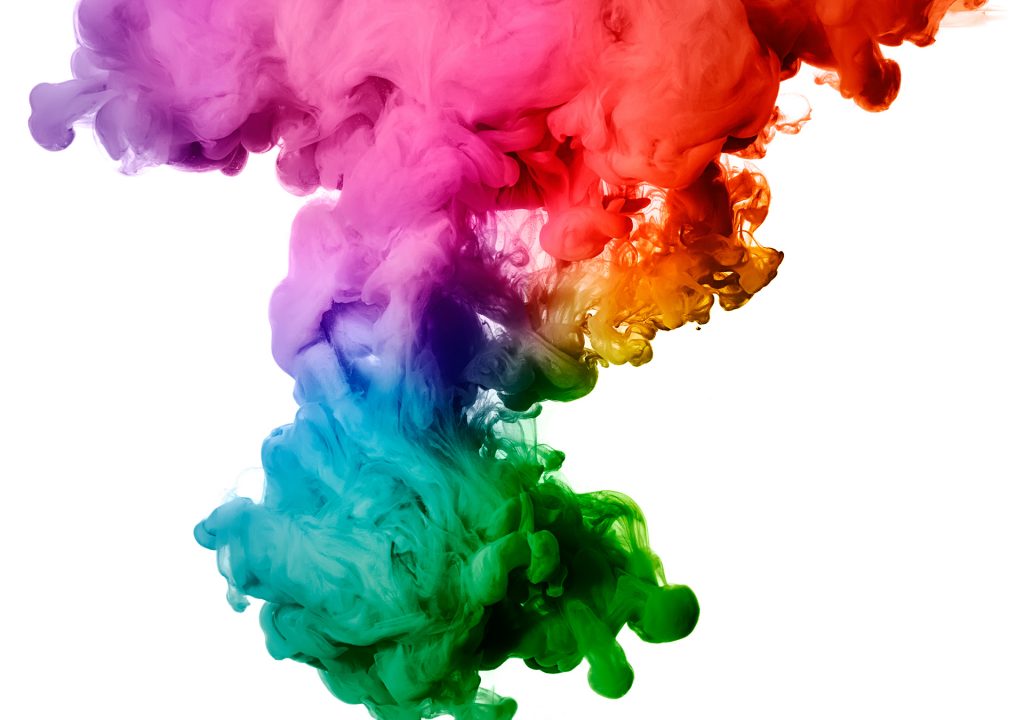Color is a complex topic: It’s universally experienced, highly contentious, and has an entire field of science devoted to it. But it can’t be easily explained.
The theme of the 2015 release of Creative Cloud pro video tools is “Creativity just got a lot more colorful.” With color being such a hot topic at Adobe and beyond, we interviewed Lars Borg, Adobe’s resident color expert, to tell us more about color science and (in Part 2) what filmmakers and video enthusiasts can take away from such a deep field.
Colors are a lot more than wavelengths on a spectrum. There’s a whole scientific field dedicated to the understanding of color, light, and ultimately, human perception: “Color science is based on how the eye reacts to color and light stimuli. It also includes how we ‘fool the eye’ – like that dress – based on what we are expecting to see, as well as how the eye adapts to different conditions, such as sunlight versus dark night,” says Lars Borg, Principal Color Scientist at Adobe. Color science is a cross-disciplinary field involving chemistry, physics, biology, mathematics, and psychology. It plays a key role in the design and production of most man-made materials—everything from textiles to digital imaging – as well as in defining properties of natural materials.
When asked what he likes about the field, Lars notes that applied color science is fun. “It’s intellectually challenging, pragmatic, social.” Social?! “People understand color, even if they don’t understand color engineering or science. Compared to other technical fields – for example, computer security– you can talk about color with lots of people, because everyone says ‘That’s red’ or, ‘That’s reddish-orange.’ Everyone is very engaged when it comes to color. You can ask people ‘What’s your favorite color?’ No one asks ‘What is your favorite computer security?’ People are willing to discuss color and color associations even when they don’t know anything technical.” Indeed, having a technical background in color doesn’t automatically translate to good taste: “They are frighteningly unrelated,” Lars admits.
Color is a complex topic, and while it’s universally experienced, highly contentious, and has an entire field of science devoted to it, it can’t be easily explained. “Color” is actually an interplay of available light, colors, and the context in which we see them – all of which makes color subjective to a lot of different variables. “For example, you are in the house, the lights are on, and the walls in the house look white. Then you go outside, it’s evening, it’s not totally dark yet, and you look back to the house, and the lights in the window are yellowish. The eye is great at adapting to different situations.”
When you factor in human biology, it gets even more complicated. In humans, the X chromosome carries the gene for color vision. Women have two X chromosomes, giving them an extra color gene. But men have one X chromosome and one Y chromosome, making them much more likely to experience color blindness. “You also have visual artists who are color blind, and what they see when they make the art and what their audience sees are different. It’s all very interesting and complicated.” Back in 2007, Lars was involved in implementing a mechanism in Photoshop CS3 to simulate the two common types of color blindness. If you turned it on, you could see what someone with color blindness would see. Lars continues, “That said, even ‘normal color vision’ varies, which means that we don’t necessarily all see color the same.” This phenomenon is called observer metamerism.
Color vision varies among individuals, but color perception also changes over the course of a lifetime. As the eyes age, the ability to perceive certain colors change: “If you are a baby, you can actually see ultraviolet light. If you are a teenager, you can see very bluish light, but as you get older, your eye lens turns yellow, blocking the blue light. In a dimly lit closet, grandpa can’t tell dark blue socks from black socks.” Lars pauses. “So, Martin Scorsese, now at 73, is making movies seen by people who are 17. How can he possibly see what they see? I don’t think he can.”
Outside of biology and genetics, the colors we see are also affected by technology. Some colors that are perceptible to the human eye cannot be reproduced on a digital projector – rich blues or cyans, for instance. These cyans can be captured on film stock, but film doesn’t handle reds as well as digital projectors do. Laser-driven projectors enable us to reproduce more colors digitally than ever before, but colors like neon blues still fall outside the capabilities of even the most expensive displays.
One more thing to consider: our understanding of color is uniquely human. “Color is not something that is definable outside of the human visual system,” Lars says. So if you’ve ever watched an Animal Planet special on how animals see, take it with a grain of salt: “We don’t really know what colors other animals would see. We know something, but it is based on human perception.”
Stay tuned for Part 2, where we’ll share some key color science takeaways for working with video!

